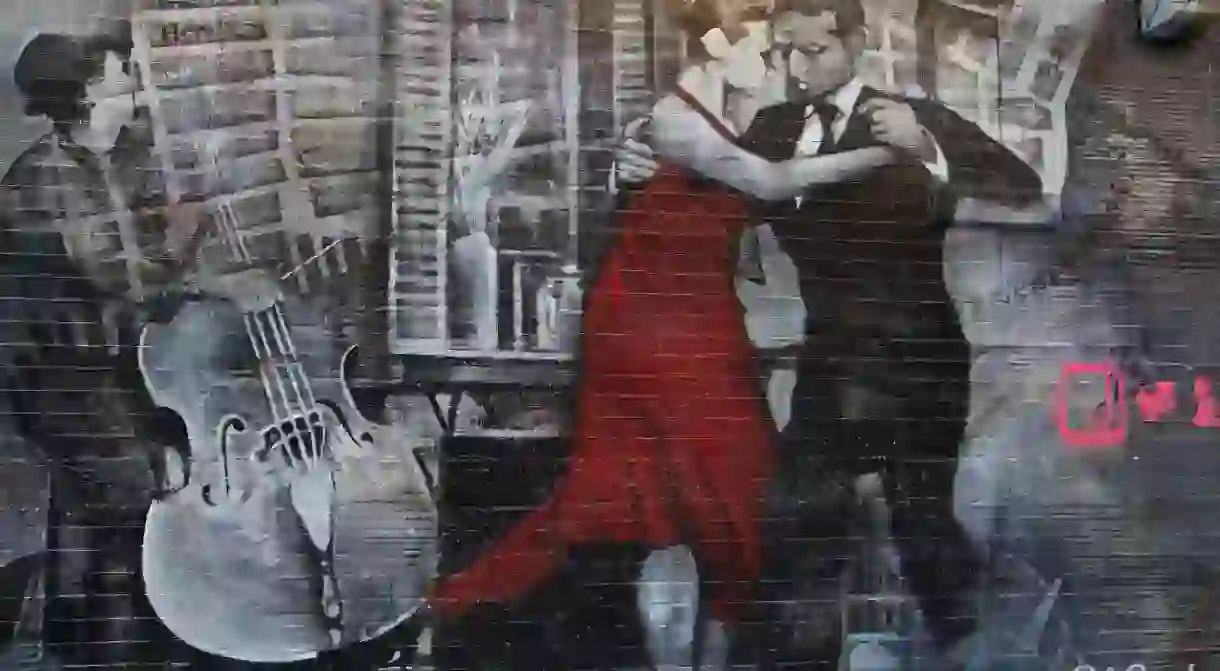How to Tango Like an Argentine

The tango is a dance that needs to be felt, not something performed. Listen to the music. It begins with the embrace – the tango’s most important element. Keep your posture precise and practice alone. When you’re ready, get a partner. A dance from the gods, some say, though the origins of this impassioned dance are disputed. What’s for certain though, is that it’s sure to get your pulse racing.
The Argentine tango is huge, lush and imaginative. Some say the gods performed the dance on the 5th day of creation. Others claim it was invented by isolated gauchos, returning home from La Pampas. The heart of tango doesn’t matter. What is known is that it began in Argentina or Uruguay. Unlike other music, there are no exacting rhythms or musical forms to symbolize the background. Today, tango is subdivided into two types: ballroom tango and the Argentine tango.

Argentine Tango has been danced for over a century. Dancers and audiences flutter to the dance for its attraction, intensity, and theater. Learning to dance the tango socially is an application in improv where both dancers value each other and others on the floor. The Argentine tango’s essence regards life: it’s about the connections between men and women. Graciela Gonzales, a tango teacher in Buenos Aires, calls it, ‘the history of love — in three minutes.’
The basics
Argentine Tango is founded on the basics of walking, turning, stopping and embellishment. The movements are a puzzle which gets pieced together uniquely with each performance. People bring their individual styles, and this adds to the emotion. The surprises inherent inside the dance make tango addictive. Indeed it does take two to tango.
Sweeping counterclockwise about the platform, dancers remain on the outward fringes of the floor and away from the center. Seen from above, dancers move as though drifting down a stream — flowing easily ahead, infrequently settling for a turn in a slight vortex.

Argentine tango is not the same as ballroom tango
Despite common roots, place, time and the evolution of dance have stimulated a diversion between the two dances. Ballroom tango is very separate from the social dance in Argentina. Those more familiar with American – or ballroom – tango should consider Argentine tango as an entirely different dance.
It’s not a stage dance
The tango seen on stage is a more exaggerated form of Argentine tango. Argentine tango is a social dance, and though it can be performed on a stage, the theatrics and acrobatics of its exaggerated form – named ‘fantasia’ – is reserved for stage performances only.

Tango classes
The best way to learn the Argentine tango is to take a class. Every good dancer started with their first class, though learning the tango is a commitment and consistency to practice is important. A class once a month here and there, won’t work.
A quality tango class introduces the student to the four building blocks mentioned earlier. Tango is established on walking. The great news is you already understand how to walk — you just need to find a practice partner. One of the best tributes a tango dancer can receive is, ‘Look how well he walks.’
Once walking is learned, turning, along with navigating a congested floor, is next. Along with embellishments, learning the various forms of tango music is covered as well. To tango is not about remembering a routine, but to go with the flow of the music and feel your partner’s rhythm.













